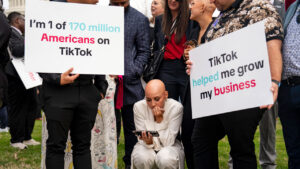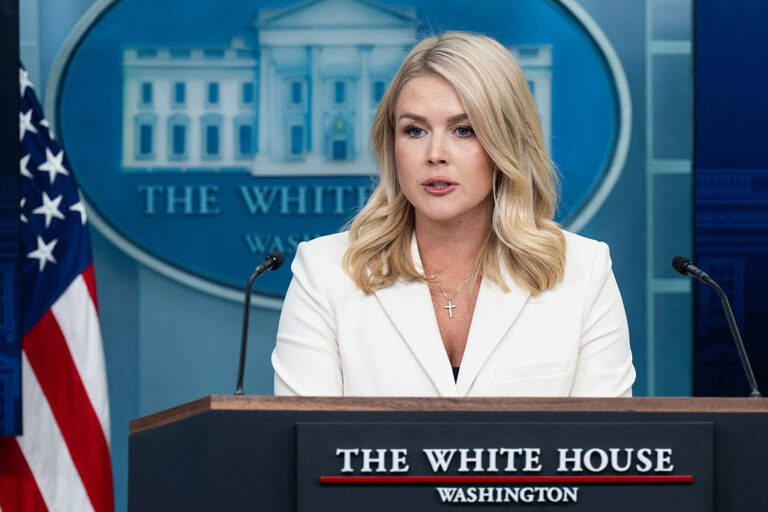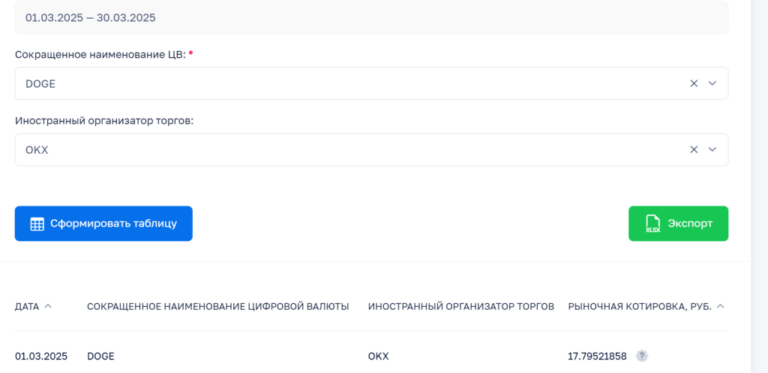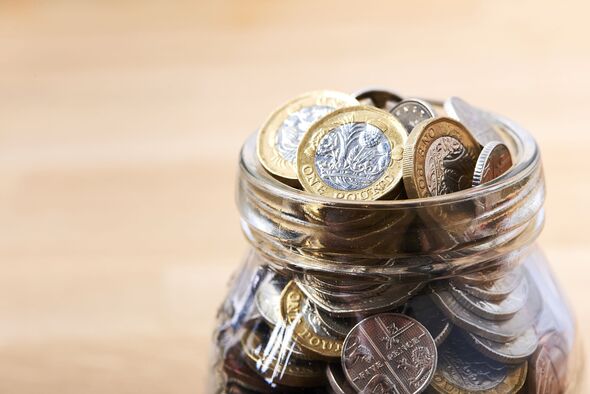Among the many newcomers to the business of weight-loss drugs is Hims & Hers, an American e-pharmacy better known for hawking remedies for erectile dysfunction and hair loss. Since May it has offered its own version of Wegovy, a blockbuster slimming jab, thanks to a quirk in American law that lets pharmacies replicate some brand-name drugs when there are shortages. Analysts expect that the company will pocket around $145m from its weight-loss drug this year.
Over the past two years rocketing sales of Wegovy and its main rival, Zepbound, have propelled the combined market value of Novo Nordisk and Eli Lilly, the drugmakers behind them, from $560bn to $1.3trn. The GLP-1 hormone that forms the basis of both drugs has proven highly effective at helping users shed pounds, so much so that their makers have struggled to keep up with demand.

What is more, researchers are now discovering that the benefits of these drugs extend far beyond weight loss, just as prices are set to fall and more convenient forms are under development. Bloomberg Intelligence, a research firm, forecasts that global spending on weight-loss drugs will surge from $15bn this year to $94bn by 2030 (see chart 1). With hundreds of challengers eyeing a vast market of potential users, obesity drugs are shaping up to be one of the biggest and fiercest battlegrounds in the history of pharmaceuticals.
So far health insurers and governments have been reluctant to cover the cost of using GLP-1s for weight loss (a smaller dose is prescribed for diabetes). In America, the largest market by far for the drugs, Wegovy can cost up to $17,500 a year for those paying out of pocket. Only half of privately insured patients are covered for it. Medicare, the country’s public health-care system for the elderly, is barred by law from providing anti-obesity medicines.
Yet as evidence grows that these slimming drugs offer more than just cosmetic benefits, insurers and governments may start to view them differently. Many of America’s 110m obese people suffer from related conditions ranging from heart disease to sleep apnea. Weight-loss drugs could help. There are also early indications that GLP-1s could be used to treat substance-use disorders, Alzheimer’s disease and various other conditions. The Congressional Budget Office estimates that, with these new uses, around a fifth of Medicare’s population, some 16m patients, could have access by 2026.
At the same time, competition is likely to make weight-loss drugs both better and cheaper. Although Novo Nordisk and Eli Lilly are expected to dominate the market for the time being, challengers are racing to develop alternatives, forcing the duo to continue innovating. Citeline, a research firm, estimates that more than 300 drug candidates are in the works, plenty of which are expected to arrive in the next few years (see chart 2). Patrik Jonsson, head of the division at Eli Lilly that is responsible for weight-loss drugs, says that the level of competition is something he has never experienced before.

One area of competition is around ease of use. Amgen, a large American biotech firm, is developing a drug that requires patients to inject themselves perhaps only once a month, rather than once a week as currently required. Another solution is to eliminate the needle entirely. Pills are not only simpler to make but also avoid the need for expensive cold storage. Both Eli Lilly and Novo Nordisk are expected to launch oral GLP-1 drugs in 2026.
Drugmakers are also racing to produce more effective treatments, including by experimenting with other active ingredients. Some drug candidates aim to increase the share of body weight patients are able to lose, to perhaps as much as a quarter. Others look to reduce the side-effects of treatment, which should lead more people to take them. About a third of GLP-1 users quit within three months, often because of nausea, vomiting, muscle loss and other nasty things. Zealand Pharma, a Danish biotech firm that is developing a weight-loss drug that targets a different hormone, amylin, says it could offer weight-loss benefits similar to those from GLP-1s but with fewer such problems.
All that competition is expected to bring down prices. Eli Lilly has already halved the price of its jabs. Jefferies, an investment bank, estimates that by the end of this decade the annual cost of weight-loss drugs in America will have fallen to around $3,000. Still, such prices will be out of reach for the vast pool of potential patients in poor countries. Of the 1bn adults around the world who are obese, more than two-thirds live in developing countries, according to the World Obesity Federation, an NGO. Chinese and Indian pharmaceutical companies are now eyeing those markets.
In China nearly half of all adults are overweight or obese, making it a huge potential market for weight-loss drugs. Both semaglutide (the active ingredient in Wegovy) and tirzepatide (the active ingredient in Zepbound) have now been approved to treat obesity in the country. Eli Lilly and Innovent, a Chinese biotech firm, are developing a drug for the market called Mazdutide that is expected to be available from next year at around half the price of Zepbound in America.
Generics will be even more important in widening access to weight-loss drugs in the developing world. Patent expiries will help: semaglutide will lose its protection in China and India in 2026, which should unleash a flood of biosimilars (as generic versions of biological medicines are known). In China eight weight-loss biosimilars are set to come on the market after 2026. India’s drugmakers, which supply more generic drugs than any other country’s, are also developing their own knock-offs. The market for weight-loss drugs will not go flabby anytime soon. ■
To stay on top of the biggest stories in business and technology, sign up to the Bottom Line, our weekly subscriber-only newsletter.



















